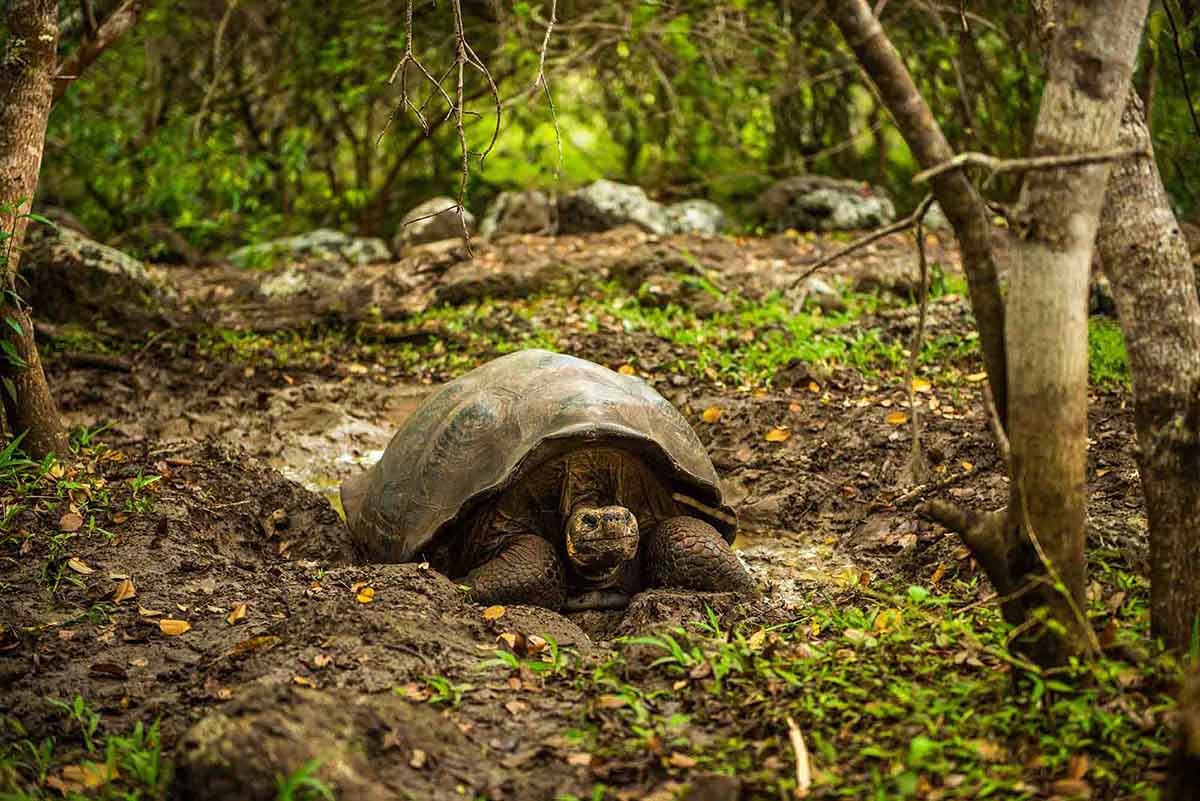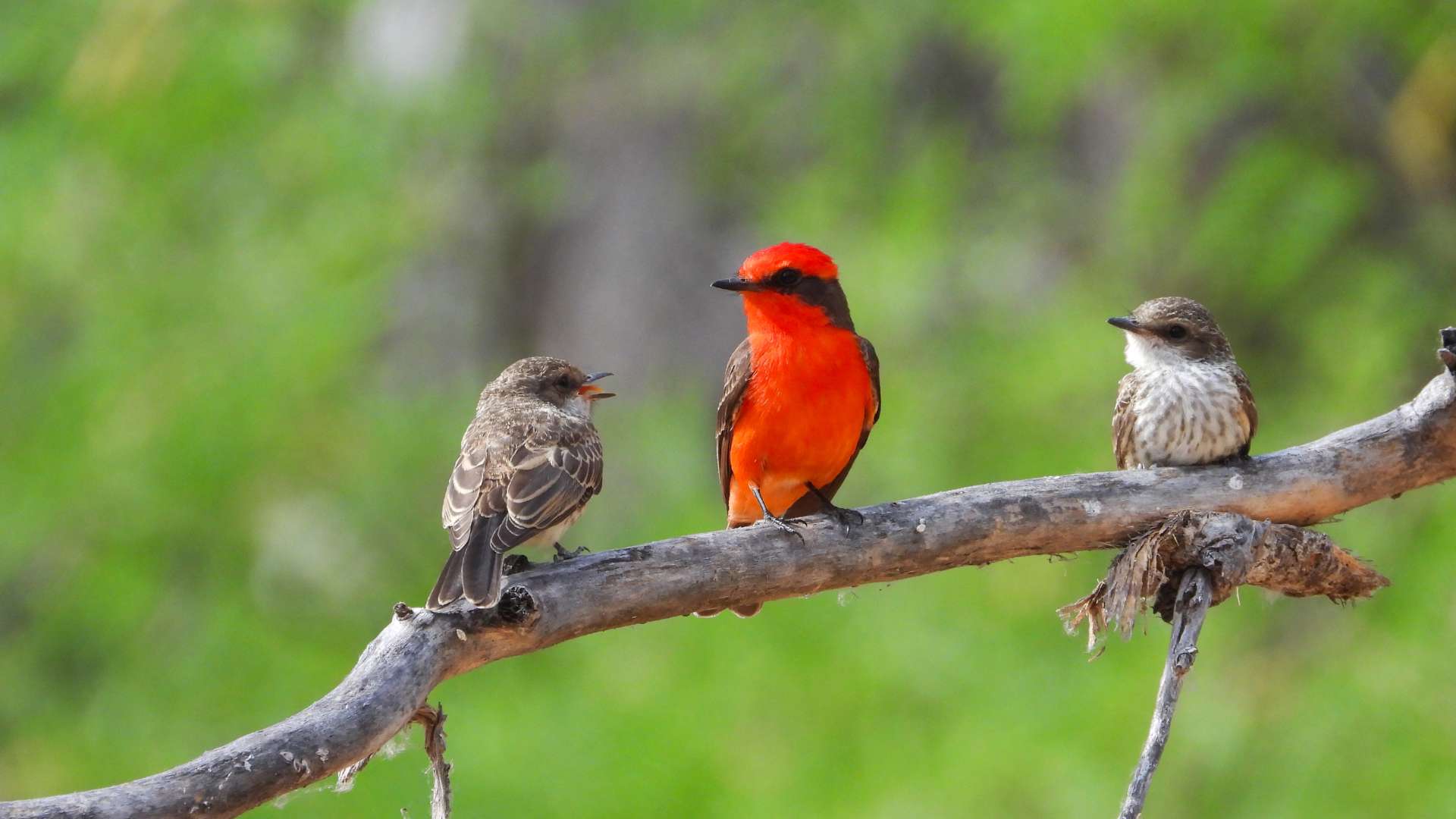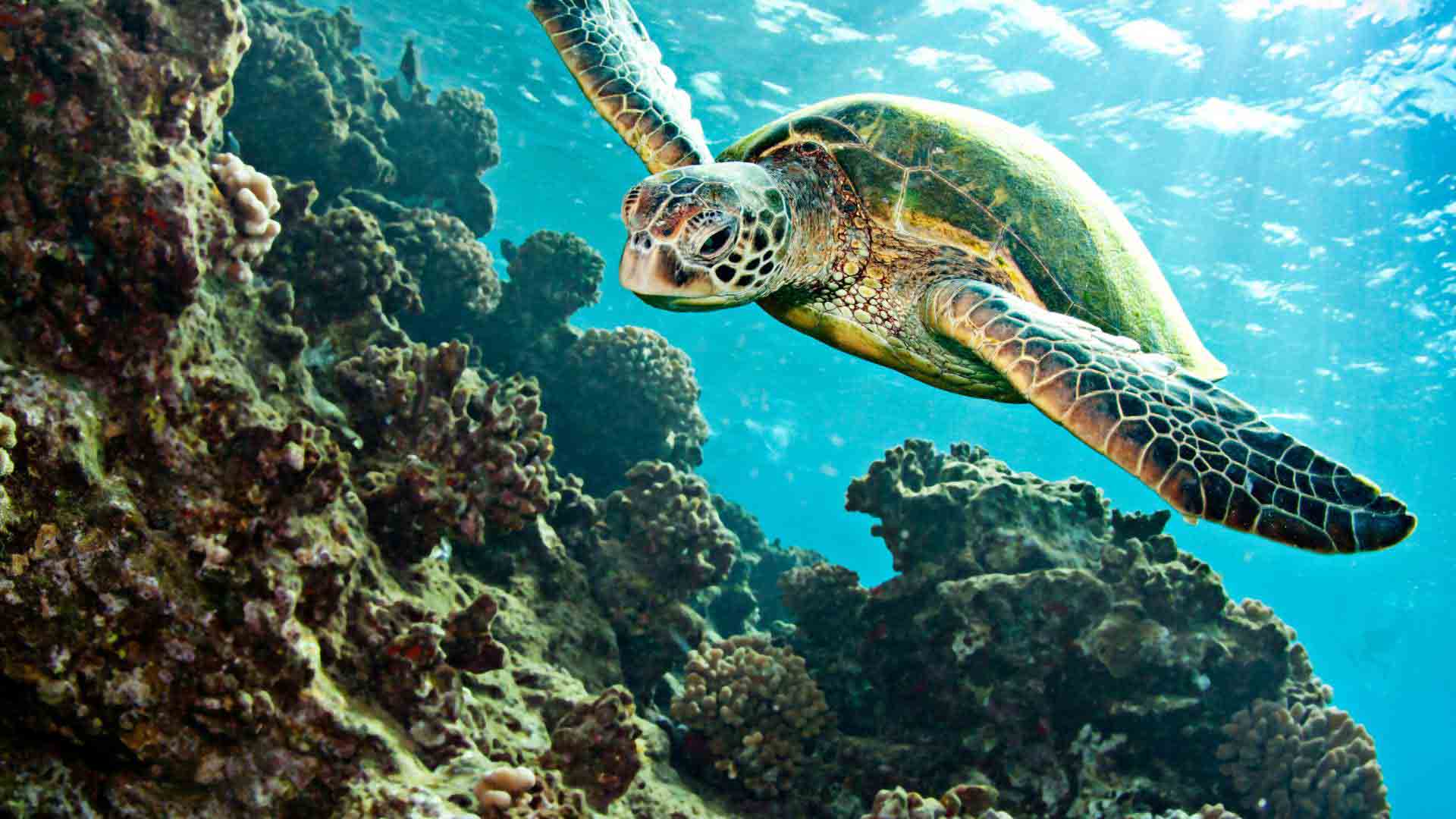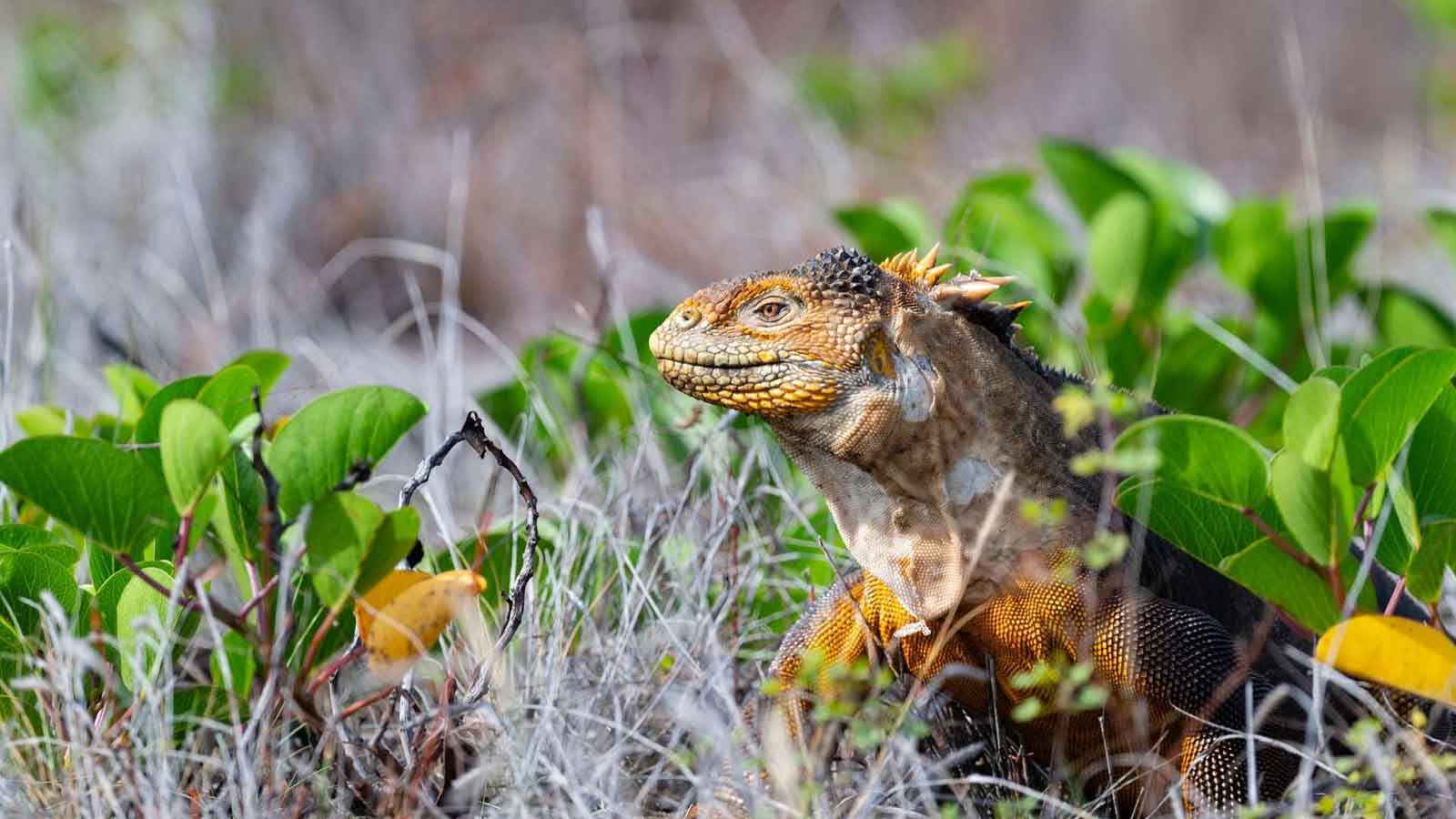Departure from Quito/Guayaquil to San Cristobal (approximately 2 1/2 hours). Our naturalist guides pick up passengers at the airport and take them to the pier to board M/Y Coral I/M/Y Coral II.
Interpretation Center
Dry landing at Puerto Baquerizo Moreno (capital of the Galapagos Islands). The Interpretation Center is a great place for passengers to learn about islands' past in The Museum of Natural History. It displays information about volcanic origins of islands, climate and the arrival of different species. It also displays the human history, chronologically describing the most important events in the discovery and colonization of the islands.
Tijeretas Hill
Tijeretas Hill is a strenuous walk that takes you through beautiful scenery and offers a spectacular view of the frigate bird nesting colony from the top.



